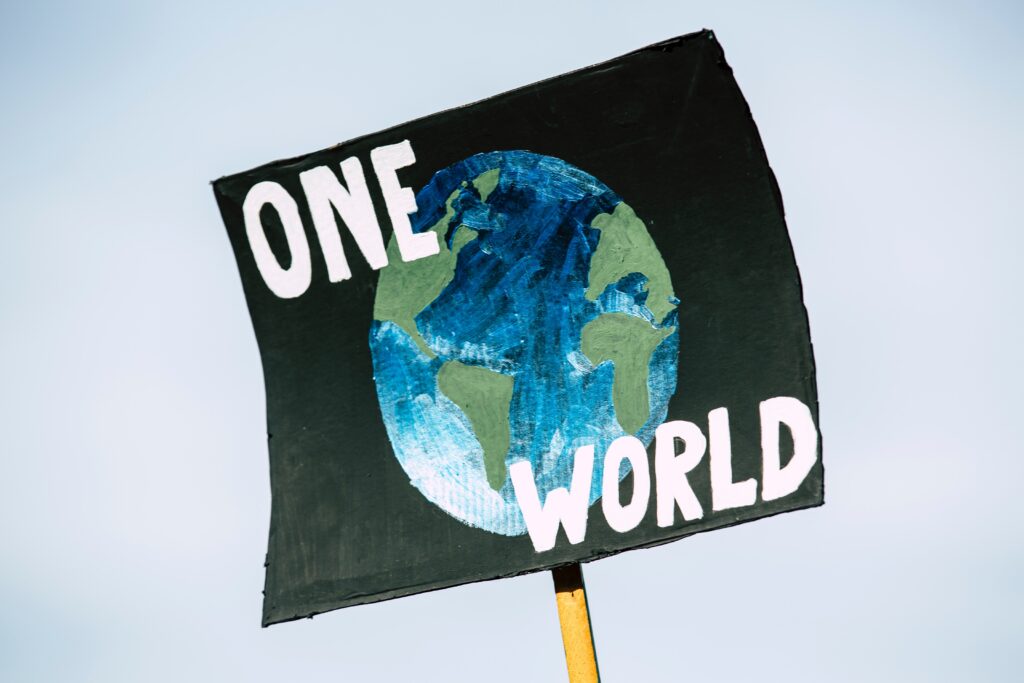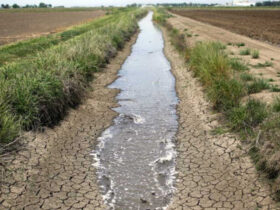The week before my first-year fall classes began at the University of Southern California, I signed up for a two-day-long seminar. The title was unexpectedly enthusiastic: “Horrors and Solutions: The Climate Reality Project and how media can change behavior,” taught by School of Cinematic Arts professor Jeremy Kagan.
Walking out of Professor Kagan’s classroom, I had never been filled with so much hope about how to address the climate crisis — his perspective was entirely new to me. Under the sea of daily articles about the deliberate damage done to Earth and the lethal repercussions of human action, the possibility of hope exists concerning the future of our world.
Being able to verbalize your hope for climate change does not mean denying its realities that affect communities of all identities, although disproportionately. Instead, it means that being desensitized to the continued deterioration of the Earth should no longer be a fact that is accepted. The beginning of the 21st century, among other things, will be remembered for the social change and shifts in perspective that movement-building brings. Just a single person having hope is enough to mobilize progress for addressing the climate crisis.
In an interview with Glimpse From the Globe, Professor Kagan said, “The wings of a butterfly in Australia cause a storm in Europe.”
The fact is that we have already found the solutions for climate change, because we know where the pollution causing global warming comes from. It’s not complicated, and the solutions are not secret. For example, concerning fossil fuels, data has proven that the cost of purchasing coal is much higher than that of using wind and solar energy. India is an example of a country that plans to completely de-invest in coal because they recognize it is considerably cheaper to use wind and solar energy instead.
Despite stories of climate progress existing right under our noses, people worldwide, including at reputable universities like this one, are convinced that one individual’s actions against climate change must be worth little to nothing. A single person alone could never have a positive impact on the world because only one of us will be the President of the United States, right?
We should not depend on the few people in charge to solve the climate crisis — especially considering the significant number of people who don’t vote in national elections.
“Small actions create large differences because it makes you more conscious. Maybe you will participate in ways that you hadn’t even imagined,” said Kagan.
The very act of taking action is always the beginning. Once you start carrying a reusable water bottle instead of plastic water bottles, you become conscious that water scarcity and plastic pollution are issues. If you eat meat one less day of the week, you acknowledge that human consumption of meat is harmful to the environment. Individual actions are a meaningful part of our progress toward change. If that means not using as much plastic or merely talking about climate change, the little things that feel irrelevant no longer are. The most mundane of actions can make a difference in your perspectives and experiences as a world citizen.
Professor Kagan was recently invited to a middle school to talk with 6th graders about climate change and his work with the Climate Reality Project, founded by former U.S. Vice President Al Gore. He expressed that “[i]f just one or two of the kids are affected by my presentation, maybe something will happen in terms of how they support the planet that supports them!”
Beginning in 2021, New Jersey became the first state to require climate education in all grades, K-12. Tammy Murphy, the First Lady of New Jersey and Climate Reality Project Leader, sets a precedent in giving the youth opportunities to learn about interdisciplinary subjects, such as the connections between the climate crisis, environmental racism, affordable health care and poverty. New Jersey’s climate education requirements must inspire other states to transform climate change education in their schools.
It is incredibly encouraging that there are teachers who want to expose the youth to the realities of the climate crisis from a lens rooted in hope.
Because if students learn about the good that people are doing early on, rather than feeling helpless as climate change begins to affect everybody’s daily lives, they are more likely to gain a positive attitude about their part in the process and take agency.
Professor Kagan’s micro-seminar changed how I will approach conversations about climate change forever, ultimately showing me that the most important asset to any grassroots movement is the conviction that hope will triumph over disaster.







